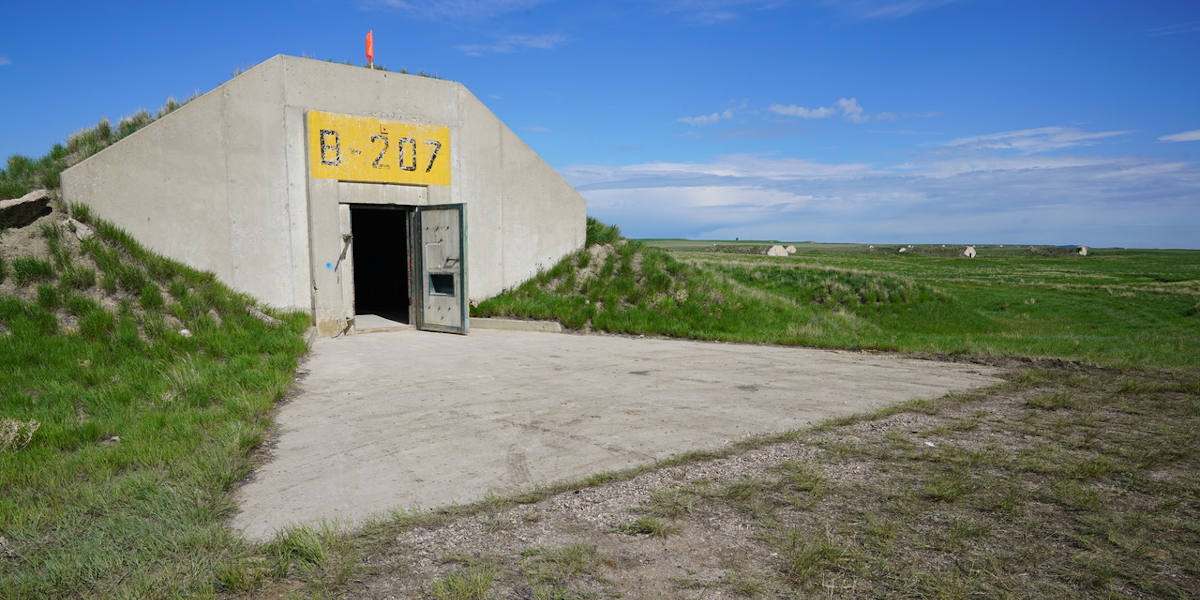In February 2009, Australia experienced one of its worst environmental disasters: ‘Black Saturday’. After an extended heat wave and a long, hot summer, more than 400 small bushfires outside Melbourne converged into a conflagration. Temperatures hit 46.4°C, the hottest ever recorded in the city. Inland, fires released energy equivalent to 1,500 Hiroshima-sized atomic bombs. Dozens of people who tried to get out by road got stuck and were overtaken by the fast-moving flames. By the time the fire was brought under control, more than 450,000 hectares had been incinerated, 3,500 buildings had been destroyed, and 180 people were dead.
In the intervening decade, many Australians have buried ‘bushfire bunkers’ in their backyards: oxygen-filled cocoons where they can temporarily take shelter from flames. During the 2019-20 bushfire season, now known as the ‘Black Summer’, these bunkers saved hundreds of lives, including those of workers at a remote lodge on Kangaroo Island outside Adelaide.
No longer the preserve of anti-government right-wing fringe groups or nuclear-paranoid middle-class families, the global market for private bunkers is reaching levels not seen since the cold war. Sales include everything from steel bunkers assembled offsite and buried covertly in gardens to the kitting out of subterranean concrete citadels stretching 12 stories deep, where a 330 square metre penthouse can set the buyer back over £3.7 million. Having spent many years living with the ‘preppers’ and ‘survivalists’ buying into these facilities, I see value in them, even as I remain troubled by their renewed necessity.
Going Underground
Bunkers have existed for thousands of years. Human beings, from Cappadocia to Berlin to Beijing, have long sought underground space to protect people, stockpile supplies and to protect the material remains that are representative of our cultures and values. Mostly out of sight and mind, bunkers have long been sites of fascination to military historians, urban explorers and subterranean tour groups but of marginal interest to the wider public. Both monument and folly, they have been seen as sites of memory from the second world war or architectural novelties of a third world war that never arrived.
Russia’s recent invasion of Ukraine, however, is complicating that narrative. Images of stalwart Ukrainian citizens huddled deep underground, sleeping, cooking, giving birth and trying to entertain each other to keep spirits up have caused many of us to reassess the necessity of fortified space. This trend, which began with the bushfires, was accelerated by the pandemic.
Prepping – the practice of preparing for future calamity – is now a global phenomenon. In 2020 roughly 45 per cent of Americans – or about 115.6 million people – said they spent money on survival materials. This number includes not just media-worthy bunkers but also bulk food, emergency kits, ‘off-grid’ energy and water delivery systems, and a host of other self-sufficiency provisions. The global freeze-dried food market saw a spike in sales as supply lines broke down during the pandemic. Already valued at $7.5 billion annually, the sector is projected to grow another $15 billion by 2032. Recent research has found that approximately 46 per cent of Canadians are in some way prepared for a catastrophe, with an estimated 13.8 million Canadian adults prepped for events such as civil unrest, failure of the government, natural disasters, pandemics and other emergencies.
A chain of disasters brought about by war, disease, resource shortages and the climate crisis are transforming attitudes towards prepping
In the UK, there has been a flood of cold war-era countryside bunkers appearing on real estate websites, which almost always sell within weeks. In other parts of Europe, state-level provision of safe harbour reduces the need for individual prepping. Sweden maintains space in nuclear, biological and chemical-filtered bunkers for 95 per cent of its residents, though they have never been used in war. In 2018, the Swedish government triggered minor hysteria when they sent pamphlets to every one of the 4.8 million households in the country reminding them where shelters were and telling them how to prepare for an enemy attack by running through a checklist for food, water, warmth and communications. With the war in Ukraine still raging, the government is speedily renovating these public bunkers.
In Switzerland, a 1963 law still in place dictates that every citizen has access to a nuclear fallout shelter. As of 2016 there was bunker space for 8.6 million individuals in a country of fewer than 8.4 million. There are 5,000 public shelters and more than 300,000 private bunkers across the country. One of the public shelters in Lucerne, inside a road tunnel that can be sealed by four 320-tonne gates, can house 20,000 people over seven floors.
Just in case
Overall, investment in disaster preparedness has been projected to top $250 billion by 2028. The fastest growing group investing in future security, according to a 2021 US survey, is millennials, 77 per cent of whom have emergency supplies on hand or said they had bought them in the past 12 months. It’s important to see this market in holistic terms, since as one prepper starkly remarked, a bunker without food, water and power is a tomb.
Building private bunkers at scale would not be possible without past state investment: almost every private bunker I have visited was being built on the bones of government facilities. And although there are at least 20,000 underground redoubts worldwide, many bunkers initially built to protect people in times of conflict have now been colonised by cloud data servers, underground farms, secure file storage facilities and quirky nightclubs, putting even more pressure on private citizens to dig their own, or to buy into one of the dozens of bunker communities around the world being built by the companies spearheading this industry. For many people, building a bunker – whether for bushfires or war – is an anxiety antidote.
Though the bunkers built today bear little resemblance to those built in the past, they will undoubtedly endure as artifacts from yet another unique period of human history: an age of dread, perhaps. A chain of disasters brought about by war, disease, resource shortages and the climate crisis are transforming attitudes towards prepping. Whether undertaken by governments or individuals, ‘doomsday prepping’ has now been largely supplanted by ‘practical prepping’. We have created a more interconnected, complicated and fragile world, a world that is now being threatened by a plethora of threats at a range of scales. Taking time to give ourselves an advantage over future risks is, I have come to realise, time well-spent.










